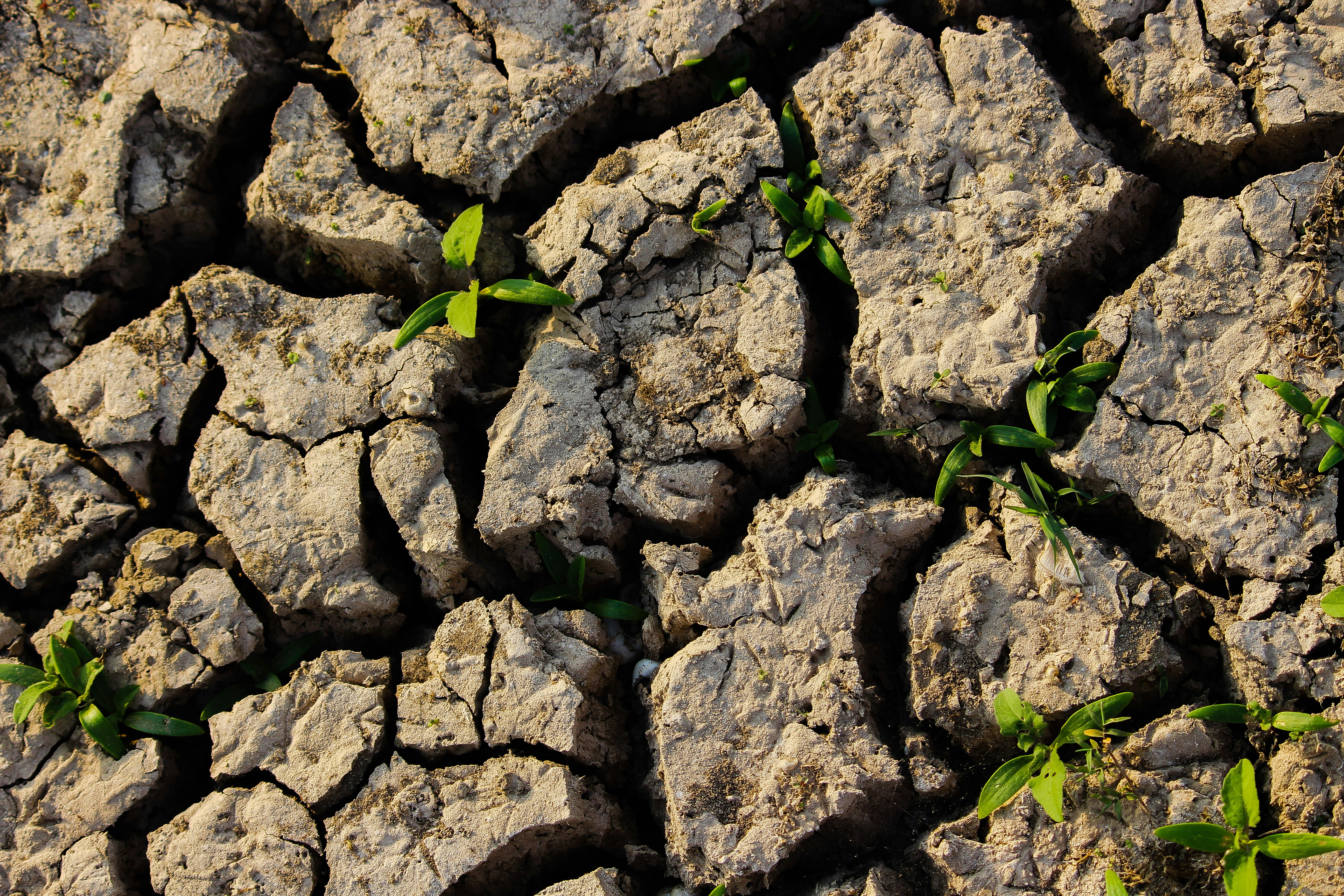Media release
From:
21st century marked by potentially “irreversible” decline in terrestrial water storage
Science
Terrestrial water storage – particularly soil moisture – plummeted between 2000 and 2003, according to a new study. The findings – built upon a comprehensive analysis of three independent datasets – reveal a previously unrecognized and potentially irreversible global-scale shift in Earth’s water and establish it as a dominant driver of sea level rise in the early 21st century. The frequency of severe droughts has risen notably since the mid-19th century and is projected to worsen under future warming scenarios. Unlike rapid-onset natural disasters, like hurricanes or wildfires, droughts develop gradually, depleting terrestrial water storage (TWS) – including soil moisture, groundwater, and surface water bodies – and can persist for years. Satellite-based gravity measurements have significantly enhanced the ability to monitor TWS variations at continental scales and have revealed a persistent loss of water from land to ocean. However, these observations have not been available long enough to evaluate whether global TWS depletion is linked to longer-scale climate variations. Given that Earth’s polar motion (i.e. the Earth’s wobble) is influenced by mass redistribution within the Earth system, changes in polar motion (PM) and accompanying sea level variations could serve as additional indicators of long-term TWS depletion, particularly for the period before satellite data were available.
Here, Ki-Weon Seo and colleagues combined global soil moisture (SM) data from satellites, sea level measurements, and observations of PM to estimate TWS from 1979-2016. Seo et al. discovered a dramatic depletion in soil moisture; between 2000 and 2002, soil moisture decreased by around 1614 Gt. From 2003 to 2016, soil moisture depletion continued, with an additional 1009 Gt lost. According to the authors, this decline is corroborated by independent observations of global mean sea level rise (~4.4 millimeters) and Earth's pole shift (~45 centimeters). The findings suggest that this decline is primarily driven by shifts in precipitation patterns and increasing evaporative demand due to rising temperatures. What’s more, the authors note that soil moisture still has not recovered as of 2021, with little likelihood of recovery under current climate conditions. “The findings of Seo et al. underscore the urgent need to improve parameterization of land surface models to better understand complex geophysical problems,” writes Luis Samaniego in a related Perspective. “Developing next-generation models that incorporate anthropogenic influences such as farming, large dams, and irrigation systems is essential.”



 Australia; International; VIC
Australia; International; VIC



